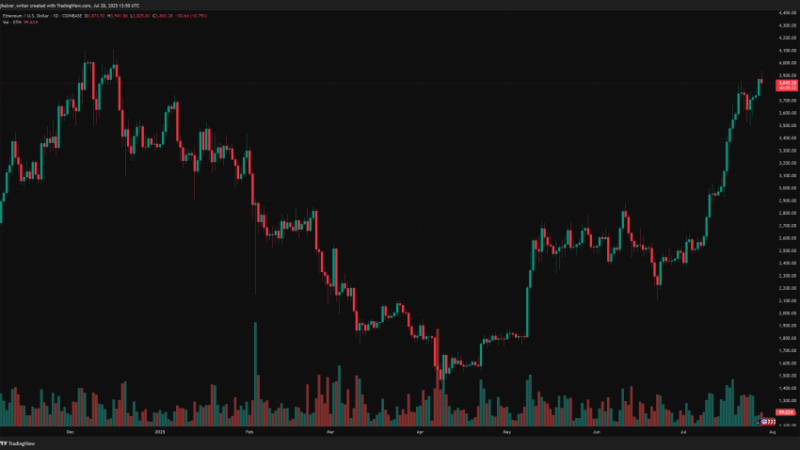Is Your Crypto at Risk? FBI Issues Dire Warning Over ‘Phantom Hacker’
As the crypto market continues to attract substantial investments, it has also witnessed a surge in scams and fraudulent activities. Regulatory institutions worldwide, spearheaded by the United States, seem to intensify their efforts to combat cyber threats, hacks, and frauds that affect the industry.
However, the nascent sector is far from the only one suffering from increasing cyber threats. Since 2020, these attacks have been common both within the crypto space and outside.
In line with this, the Federal Bureau of Investigation (FBI) identified a new threat dubbed “The Phantom Menace.” The FBI issued a warning on September 29, alerting the public about the escalating “Phantom Hacker” scams, particularly affecting senior citizens.
FBI Warns Of ‘Phantom Hacker’ Scams Targeting Crypto
The FBI’s statement revealed that the “Phantom Hacker” scam is an evolution of traditional tech support scams, employing imposter tech support, fraudulent exchange account support, and government personas to gain victims’ trust. This multi-layered approach helps scammers identify lucrative accounts to target.
From January to June 2023, the FBI Internet Crime Complaint Center (IC3) received over 19,000 complaints about tech support and crypto scams, resulting in estimated losses exceeding $542 million. Losses have already surpassed 2022 figures by 40% as of August 2023.
The Scam Phases:
- In the initial phase of the scam, fraudsters adopt the guise of tech or customer support representatives from legitimate companies. They reach out to their victims through various communication channels and employ persuasive tactics to convince them to call a designated number for assistance.
Once victims are connected, scammers manipulate them into downloading software that grants remote access to their computers. By fabricating a fictitious virus scan, scammers deceive victims into believing their computers have been compromised or are at risk.
Subsequently, they coax victims into opening their financial accounts, allowing scammers to identify the most lucrative targets.
- Upon successfully gaining access to victims’ financial accounts, scammers proceed to the second phase of the scam. In this stage, they assume the role of representatives from reputable financial institutions such as banks or brokerage firms.
The scammers falsely inform victims that foreign hackers have compromised their computers and accounts. To ensure the safety of victims’ funds, they instruct victims to transfer their money to a purportedly “secure” third-party account, often claiming an affiliation with recognized entities like the Federal Reserve or other US government agencies.
These transfers typically involve wire transfers, cash, or even cryptocurrencies, with the funds predominantly sent overseas. Scammers coerce victims into maintaining secrecy regarding the true purpose of these transfers.
Rise In Ransomware Attacks
In contrast with the alarming rise of “Phantom Hacker” scams, a Chainalysis report indicates an overall decline in cryptocurrency-related crime in 2023. Cumulative daily inflows to known illicit entities have decreased by 65% compared to the same period in 2022.
Notably, scams have experienced the most significant decline, with scammers generating nearly $3.3 billion less revenue in 2023 than in 2022. However, the report highlights a concerning trend: ransomware attacks.
Ransomware attackers extorted $175.8 million more by June 2023 than during the same period in 2022, suggesting a reversal from the downward trend observed in 2022.
While overall crypto-related crime has declined, the resurgence of ransomware attacks poses a significant menace and could spill over to the nascent sector. While the number declines, the amount stolen in the crypto space urging users to remain cautious in the face of new threats.
Featured image from Shutterstock, chart from TradingView.com

